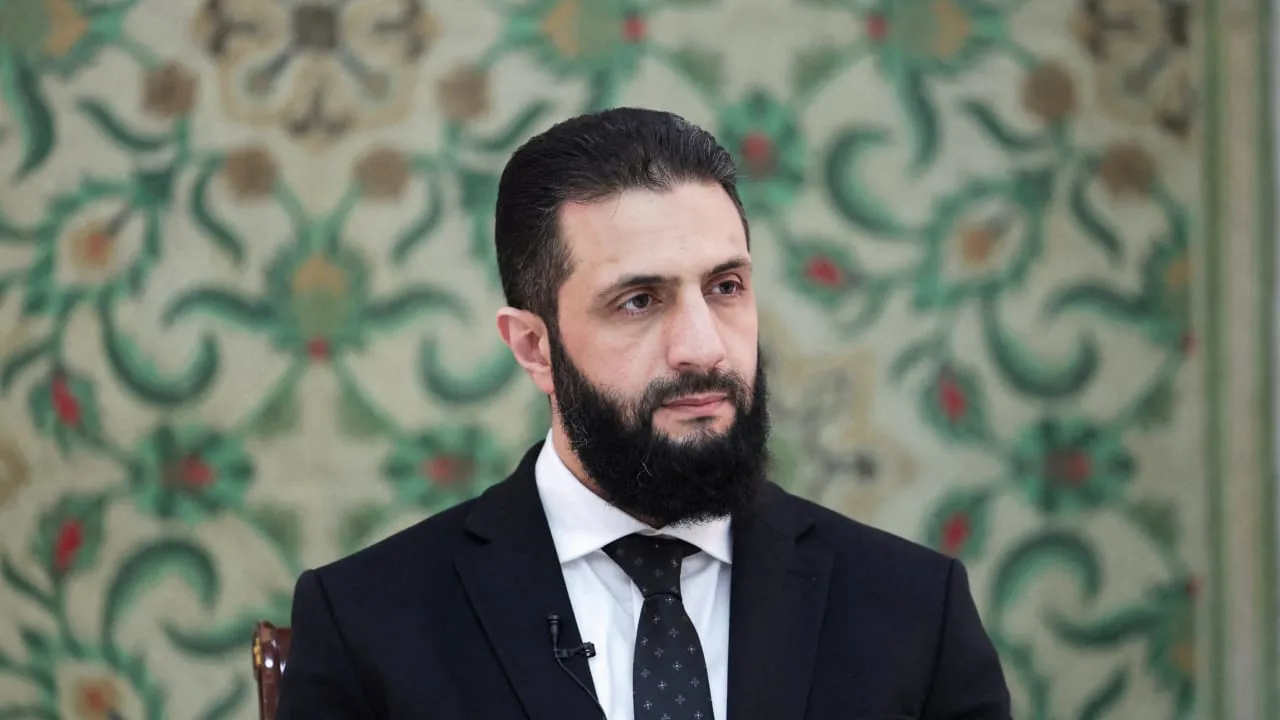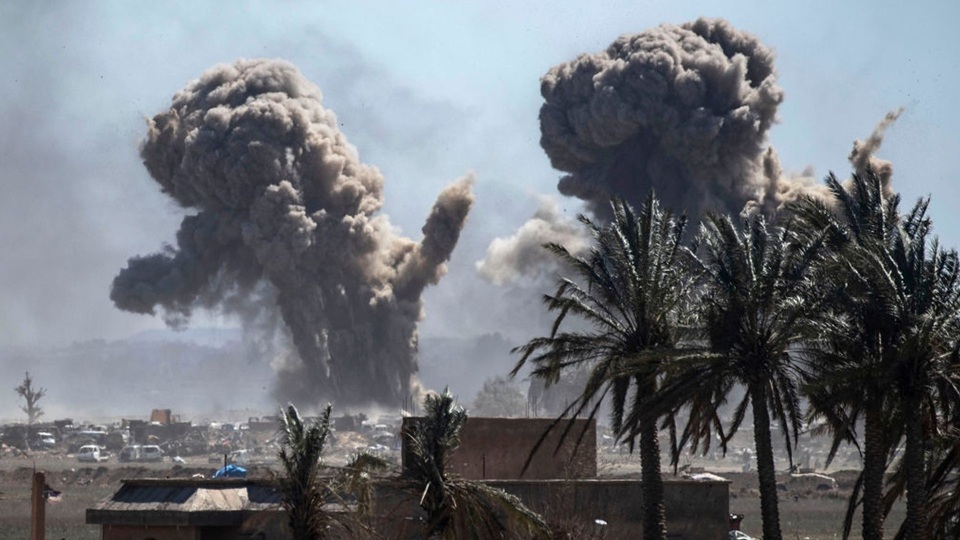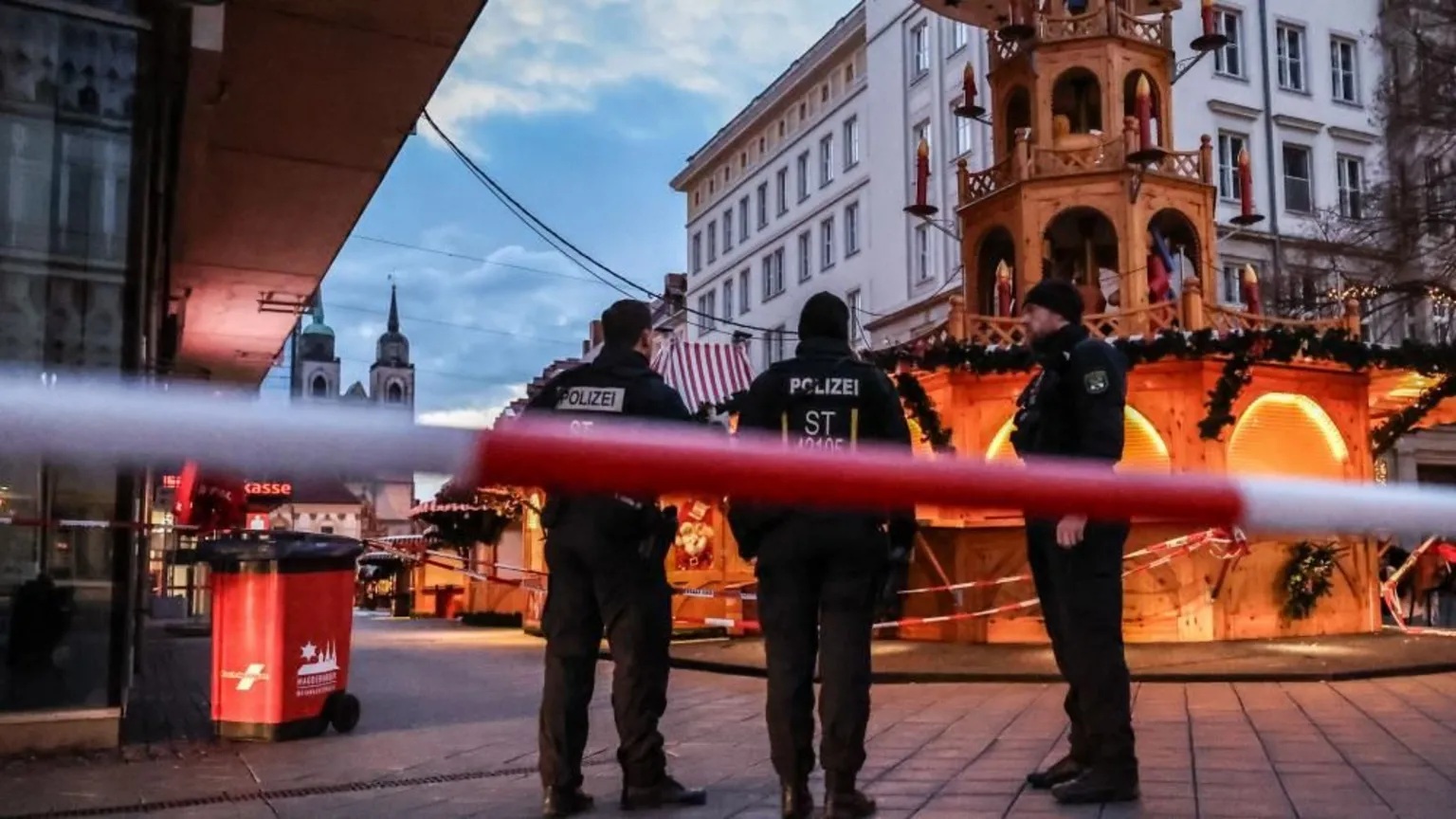
Syria today is entangled in a dense web of geopolitical manoeuvring, broken promises, and competing interests among local and international powers. At the centre of this unfolding drama stands Ahmad al-Sharaà, whose fragile leadership has become a focal point of both regional contention and international bargaining.
By Ali Albeash
The recent visit of Shibani to Moscow, orchestrated under Turkish intelligence guidance, sought to appease Russia in hopes that Moscow would use its UN Security Council veto power in favour of Turkish interests. Ankara also hoped Russia would resume army patrols in southern Syria, shifting attention away from growing Israeli incursions that increasingly portray the Syrian administration as complicit in the eyes of its base.
This outreach came as Turkey realised the West’s waning support for al-Sharaà, who has repeatedly failed to secure Syria’s military realities or uphold the commitments that enabled his rise to power.
Western powers, meanwhile, are preparing to expose crimes committed by Syrian authorities and are weighing the imposition of UN Security Council Chapter VII sanctions after the Suwayda debacle, which has become an international file under U.S. and UN supervision. Turkey now faces the looming threat of a complete withdrawal from Syrian territory. This retreat could clear the way for the international coalition to pursue its anti-terrorism mission unimpeded.
Syria’s armed factions remain fragmented and administratively subordinate to the intelligence agencies that created and financed them during the war. Neither al-Sharaà nor his defence minister, Abu Qasra, exercises authority beyond Hay’at Tahrir al-Sham (HTS), which itself struggles to govern Syrian territory effectively.
Since the Assad regime’s fall, Russia has remained in Syria, carefully balancing its silence with strategic entrenchment. The 2016 Shanghai Summit was a turning point, effectively dividing Syria between Russian and American spheres of influence.
Putin and Obama personally delineated engagement lines, backed by a direct hotline to resolve breaches. Syria has since stood as a rare theatre where Washington and Moscow agreed on operational parameters, with Russia firmly insulated from international judicial accountability for its actions by its longstanding treaties with Assad.
“Plan A,” initially designed to rehabilitate al-Sharaà and accommodate both regional and international interests, even won Israeli approval. But Tel Aviv soon reversed its stance, orchestrating the Suwayda incident as a trap to discredit him. Israel remains opposed to Russia’s return to the south but has no objection to Russian control of Syria’s coast.
Even U.S. President Donald Trump briefly embraced al-Sharaà as a strongman capable of securing Syria — a position intelligence later disproved. The West now acknowledges that no Syrian leader can transform the country into a civil state and appears increasingly inclined toward a comprehensive military solution imposed by force.
Shibani’s Moscow visit only deepened al-Sharaà’s predicament. Russia’s conditions for cooperation — expelling foreign fighters from former Soviet republics, repaying Assad-era debts, honouring existing Russian agreements, withdrawing from the coast, and creating an Alawite-controlled region under Russian supervision — directly contradict U.S. and Israeli interests.
Moscow further demands decentralisation, power-sharing, and protection of Druze, Kurds, and Christians. Such conditions have provoked Western frustration, prompting top British intelligence and national security officials to confront al-Sharaà in Damascus with a blunt choice: align with them or with Moscow — not both.
On the ground, memorandums of understanding proliferate, but they lack binding legal weight and serve mainly to project an illusion of stability. Meanwhile, government employees, HTS fighters, and police officers have endured a salary freeze for months, eroding the administration’s credibility.
Furthermore, Russia insists on implementing UN Security Council Resolution 2254, which restores elements of the former regime in preparation for the 2027 elections — effectively limiting al-Sharaà’s tenure to three years. Many observers see this as Moscow deliberately setting its administration up for failure.
Concurrently, the United Arab Emirates (UAE) has invested heavily in Syrian coastal lands and military operations, coordinating closely with Russia. Mohammed bin Zayed’s recent visit to Putin sought to cement Emirati-Russian dominance over the Syrian coast, factoring in French and Israeli interests.
Turkey, seeking to prevent al-Sharaà’s collapse and avoid its expulsion from Syria, hoped to secure Russia’s support. Instead, it now finds itself marginalised, with Shibani refusing Moscow’s demands and facing threats of military enforcement.
Turkey has become the weakest strategic player, while Saudi Arabia is retreating financially and politically, leaving the UAE poised to replace it — and likely to preside over al-Sharaà’s downfall.
The next flashpoints are already taking shape. Israel is rumoured to be seeking an eastern corridor following renewed attacks and the siege of Suwayda, reinforced by recent meetings in Paris between Shibani, Tom Barrak, and Mwaffaq Tariff.
Turkey’s last major card is a large-scale offensive against the Syrian Democratic Forces (SDF), for which it has gathered 50,000 Arab Sunni militants at the Syrian desert’s gate in Homs. While sanctioned by Washington, Ankara recognises the risks of pursuing this alone without using al-Sharaà as cover. Failure would mark the end of Turkey’s ambitions in the Middle East.
Meanwhile, U.S. congressional restrictions have curtailed unilateral troop withdrawals, freezing Trump-era policies and empowering lobby groups to shape divergent agendas. China has moved to block the lifting of sanctions on Syria while refusing to integrate Uyghurs and Turkestanis into the Syrian army. Russia rejects Chechen fighters, and Israel gradually annexes southern Syria while closing its borders.
The depletion of Saudi funding has coincided with the U.S. envoy’s impending departure, further shifting the balance. Hezbollah’s refusal to disarm has set the stage for Israeli-backed clashes with northern Lebanese ISIS sympathisers, raising fears of a broader conflict along Syria’s coast and the Lebanese border. Should Hezbollah prevail, Lebanon may face sweeping demographic changes, potentially transforming it into a secular nation of minorities.
Behind the scenes, an internationally supported “Five-Stage Plan” is unfolding. It envisions overthrowing the Damascus regime through an Israeli–Russian-backed military campaign, granting autonomy to minority regions while barring them from Damascus.
The Pentagon will defend the SDF if Damascus crosses the Euphrates. Timing depends on broader priorities, especially Iran and Lebanon. Al-Sharaà is little more than a disposable tool in this plan, used to justify military moves before being discarded — ensuring future Syrian generations reject jihadi or Islamist leadership.
The plan threatens to redraw Syria’s map irreversibly, leaving only a slim chance to avoid fragmentation through genuine concessions. Otherwise, the country faces phased escalations that could permanently alter its geography and political fabric.
Syria’s crisis is no longer about regime change or revolutionary ideals. It has become a battlefield of competing powers, where sovereignty is fragmented, leadership contested, and the people continue to pay the price of foreign interference and internal division.
The future of Syria now hangs in the balance, teetering between fragile compromise and escalating conflict — a stark reminder of the enduring complexity and tragedy of the Syrian saga.






